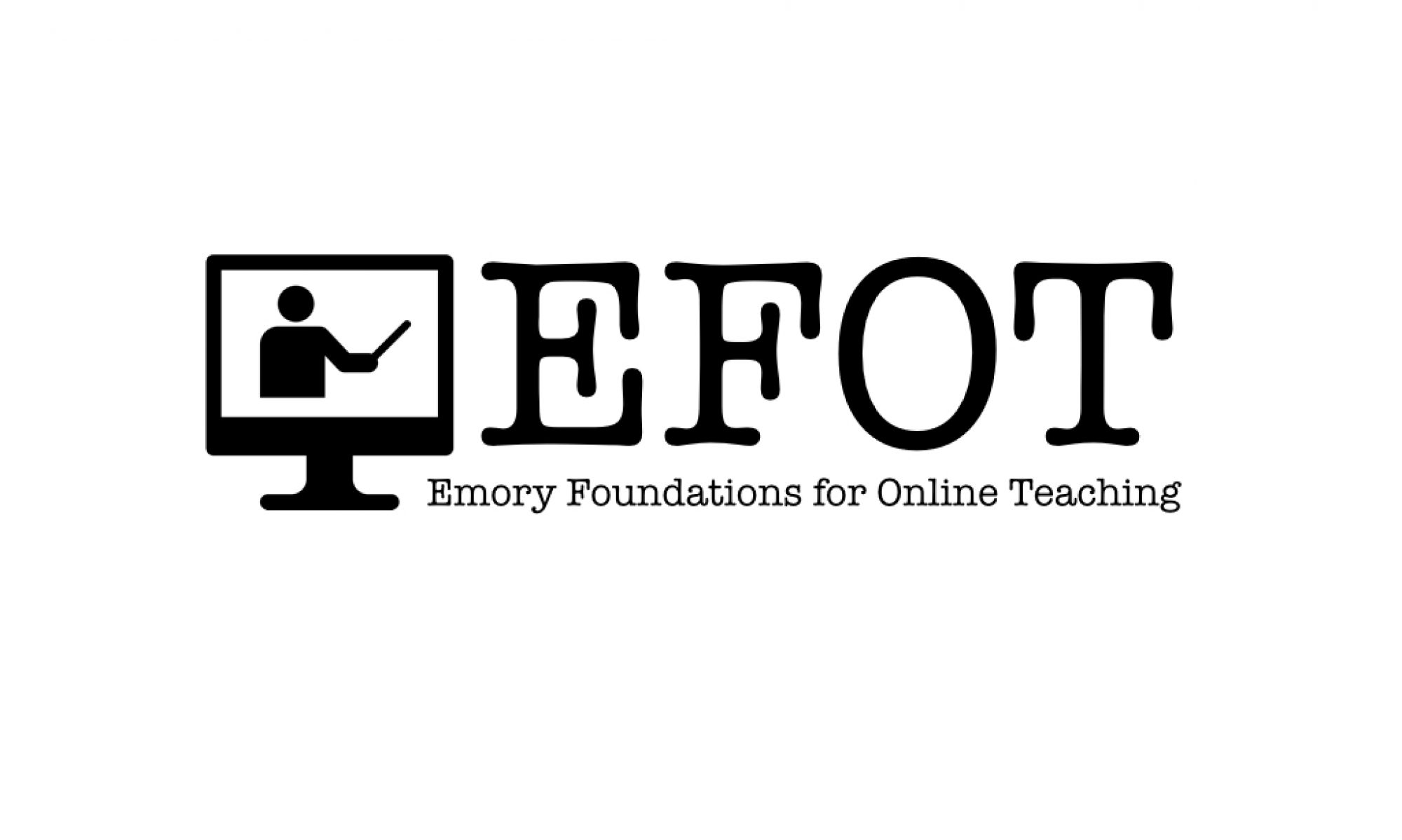Social presence: teacher and students as real persons.
In my fully online doctor or ministry course I believe students have found it easier to perceive me as a real person than I them. In my lectures each week I try to incorporate examples from my own experience. I also lecture from within my study and students have commented on “learning a lot about a person by the art and artifacts in their study.”
One of the assignments in the course requires students to make a 30-minute live audio-video social analysis presentation on their own professional context. This is a time when the student becomes most “real” to me, and perhaps also to classmates, as a three-dimensional person. However, only one or two students do this each week across the semester, which means this is a one-off opportunity and some students are not having this opportunity until the very end of the semester. Another opportunity students have to get to know each other socially is via a facebook site, which I think does work well for this purpose. However, I have not participated in the fb site because 1) I dislike facebook, and 2) I feel my absence there may enhance the students’ social presence there (note: the “presence” language in this context is new to me in this week’s readings, but the concept has been in my thinking about this previously).
I like the idea of using VoiceThread for discussion early in the course to enhance social presence. Perhaps I might have students do one audio discussion post early on, and then one audio-video post a week or two later.
Cognitive presence: students as meaning makers.
One assignment in the course requires student to use interpretive methods from the course to analyze a short ethnographic observation experience in some common social situation such as a high school football game, or a PTA meeting, or even an hour spent in a coffee shop. This explicitly requires students to draw on material from the course to make meaning of (and thereby come to “know” in a new way) everyday life experiences and prepares them for more rigorous analysis of their professional context and experiences later in the course. I like this assignment and think it works well.
Teaching presence: teacher as… teacher.
In a physical classroom I feel comfortably and confidently “present” as a teacher. Online I struggle with this. I find it awkward to record a lecture in front of a computer without any sort of meaningful sense of student presence. I find it even more awkward to lecture live—in which case students are “present” but I cannot readily discern the degree to which they are connected with me, or I with them, which causes me to feel not-entirely-present. I know that my comments in asynchronous discussions and in feedback on assignments can and does advance my teaching presence. But this issue of the lecture remains an important open question for me: how can I (given my particular connection-seeking persona) communicate and teach effectively in an online context?
